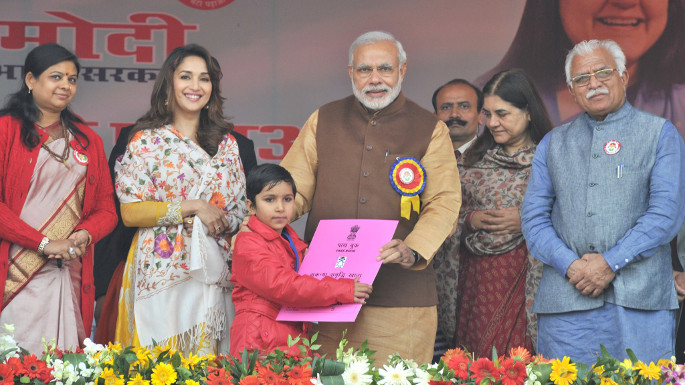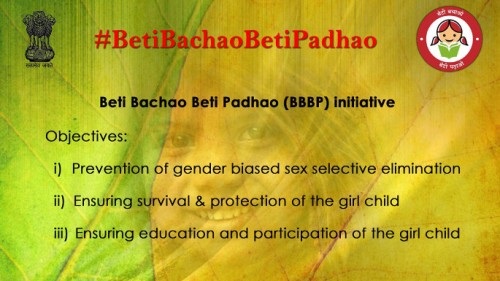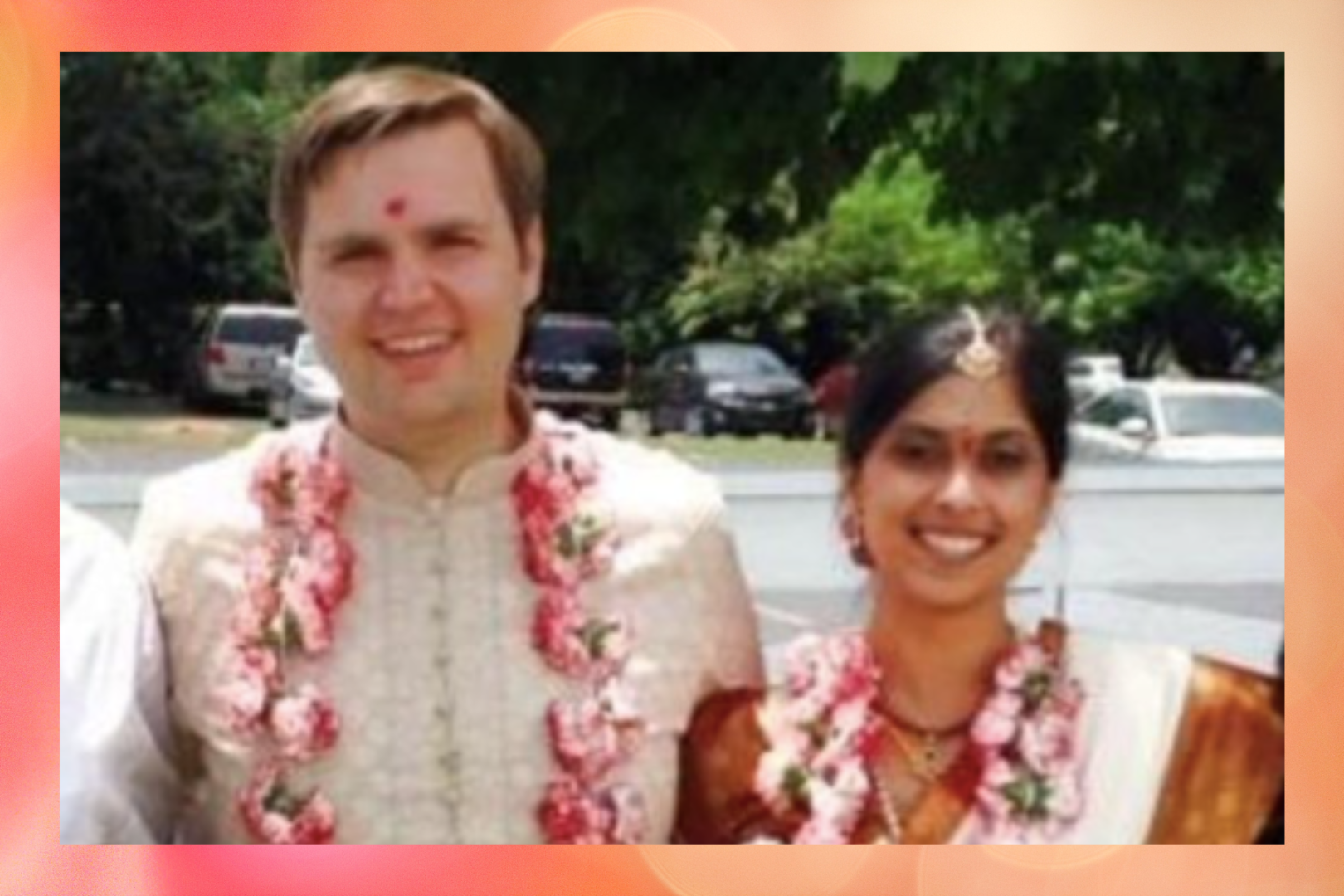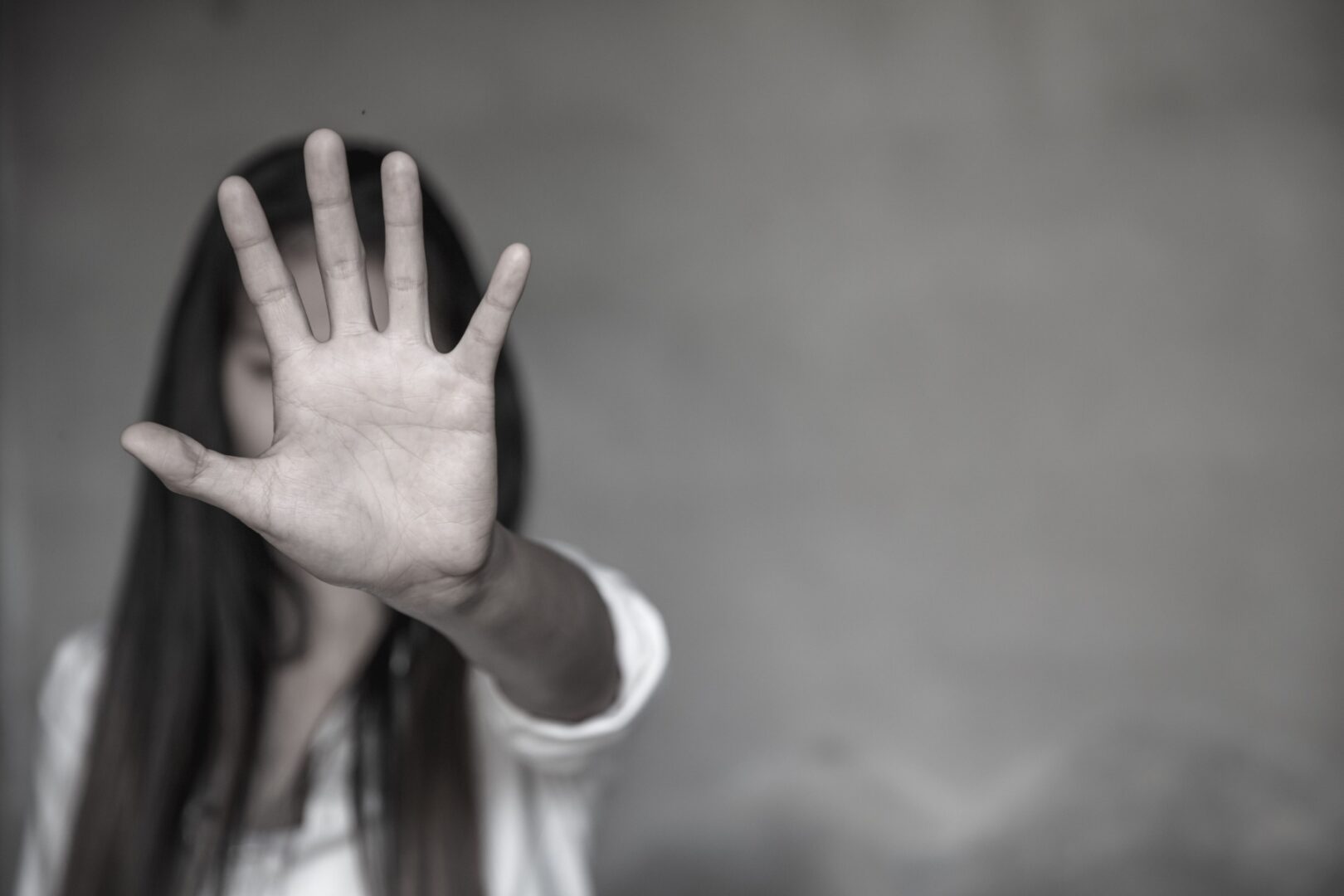
by Nur Kara
This post was originally published on our partner website India.com:
You may have seen #SelfieWithDaughter trending since June 2015 when the gram panchayat of Bibipur in Haryana organized a contest inviting men in the village to post selfies with their daughters on social media. You may have also seen the Indian Ministry of Women and Child Development’s recent video featuring prominent female celebrities like Kareena Kapoor, Madhuri Dixit-Nene, and Priyanka Chopra endorsing girl education as part of the international #IAmGirlRising campaign.
It is about time India promotes conversations surrounding women and girls’ rights to life, dignity, good health, and education. Thanks to the Government of India’s “Beti Bachao, Beti Padhao” campaign, protecting and educating the girl child are priorities now receiving a due platform.
https://youtu.be/t2892vxtUsk
Prime Minister Narendra Modi officially launched “Beti Bachao, Beti Padhao” on January 22 this year in Panipat, Haryana. It was after garnering suggestions from the Indian citizenry on the MyGov.in portal as part of his International Day of the Girl Child celebrations on October 11, 2014. This joint initiative of the Ministry of Women and Child Development, the Ministry of Health and Family Welfare, and the Ministry of Human Resource Development was primarily coordinated to empower the girl child—making her socially and financially independent through access to education—in response to India’s decline in the Child Sex Ratio (CSR). This translates to the number of girls per every 1,000 boys between zero to six years of age.
India’s CSR in 2001 was 927 girls per 1,000 boys. As of 2011, this dropped to 918 girls for every 1,000 boys, causing UNICEF to rank India 41st among 195 countries for its low CSR in a 2012 report. Panipat was chosen as the program’s launch site because according to Maneka Gandhi, not a single girl child had been born in 70 of Haryana’s villages in the past several years. The minister further stated that many districts of Haryana have a sex ratio in the 775-837 range, implying that “out of each 1,000 girls, 150-225 are being killed (in the womb).”
This decline in India’s CSR is, no doubt, a dark and dangerous red flag of women disempowerment. Causes are often manifested through pre-birth gender-biased sex selection (i.e. female infanticide) and intentional, heinous crimes post-birth, including nutrition deprivation, forced labor, child marriage, sexual abuse, sex trafficking, and honor killings of the girl child. When the girl child is stigmatized to be a “liability,” the boy child is lauded to provide economic advantages to the family, in terms of assisting and inheriting the business, as well as illegally obtaining dowry in some cases. Due to bribery, such as for the misuse of medical diagnostic tools, corruption amongst civil officials, and a general lack of policing efforts, these acts of discrimination are simply easy to commit, are affordable, and, therefore, have become typical.

As a result, an initial amount of Rs 100 crore ($15 million) was allotted to “Beti Bachao, Beti Padhao,” which is being implemented in 100 select districts across all Indian states and union territories that have been deemed low in CSR. An additional Rs 150 crore ($22 million) is to be spent by the Ministry of Home Affairs for increasing the safety of women in large cities, and an additional Rs 50 crore ($7 million) is to be spent by the Ministry of Road Transport and Highways for safeguarding women on public transportation. Furthermore, Arun Jaitley, the Minister for Finance, Corporate Affairs, Information, and Broadcasting, has proposed that school syllabi create topics to increase comprehension of gender equality among students, supported by the Nirbhaya fund. Lastly, the program includes a savings scheme for the education of the girl child with a fund of Rs 14,389 crore ($2.2 billion).
While well-intentioned, “Beti Bachao, Beti Padhao” has acquired a few strong criticisms, with the underlying argument that simply allotting funding is insufficient for programmatic success. Dr. Sabu George, one of India’s frontrunners against female infanticide, has said, “We need to have a strong law meant to punish those engaged in the practice of sex determination and sex-selective abortion.” Referencing the Pre-Conception and Pre-Natal Diagnostic Techniques Act (PCPNDT), he added that “the government has to ensure that they talk tough so that doctors do not indulge in this malpractice.” According to social activist Subhash Mendhapurkar of the Society for Social Uplift, there must first be change at the grassroots level, starting from the gram panchayat to working with community members to alter attitudes and superstitions hindering gender equality.
Despite these disapprovals, “Beti Bachao, Beti Padhao” has already incited significant dialogue and involvement amongst multi-sector stakeholders, celebrities, media partners, and concerned citizens. This, in itself, is a great victory. Criticisms are bound to continue and only time will tell how much progress will be made. The main message, however, is that we must all do our part to understand and work towards the end goal: to teach, secure, and eventually uplift the girl child.
Nur Kara is a medley of Indian ancestry and East African heritage though also carry the labels of “female,” “Ismaili Muslim,” and “first-generation American.” Being part of refugee history and having lived through these various lenses inspires her to similarly share in others’ stories. A self-coined “skeptiste,” she questions the uncommonly questioned.




